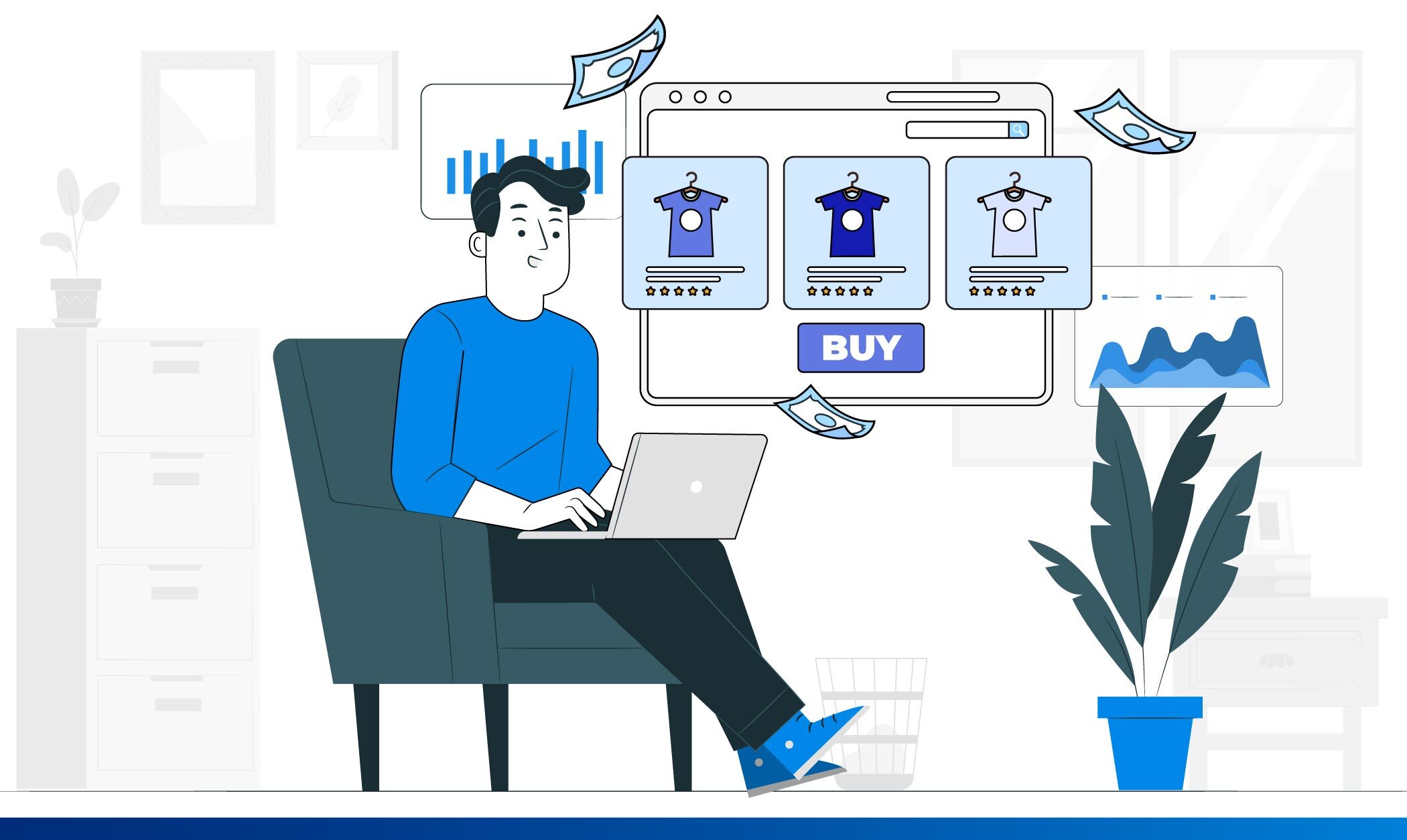In today’s competitive marketplace, standing out from the crowd is essential for the success of any business. A differentiation strategy is a deliberate plan that sets your company apart by emphasizing unique attributes of your products, services, or brand. Whether you’re in a highly saturated industry or facing increasing competition, a strong differentiation strategy helps position your brand as the best choice for your target audience. This article explores the importance of differentiation, how to craft an effective strategy, and actionable tips to implement it successfully.
What is a Differentiation Strategy?
Defining Differentiation Strategy
A differentiation strategy is a marketing approach designed to highlight the unique qualities of a product or brand that set it apart from competitors. Instead of competing solely on price, businesses focus on offering superior features, customer experiences, or innovations that attract their target audience.

Why Differentiation Matters in Business
In a market full of options, differentiation helps your brand avoid becoming a commodity. By clearly communicating what makes your offering special, you can capture customer loyalty, justify premium pricing, and reduce the threat of competition. Differentiation is a key element in gaining a competitive edge and establishing long-term success.
Key Elements of a Successful Differentiation Strategy
1. Understanding Your Target Audience
Why Knowing Your Audience is Crucial
To effectively differentiate your brand, you need a deep understanding of your target market’s needs, preferences, and pain points. This allows you to tailor your messaging, products, and services to meet their specific demands, ensuring that your differentiation strategy resonates with the right customers.

How to Research Your Audience
- Customer Surveys and Interviews: Gather insights on what your customers value most.
- Market Segmentation: Divide your audience into distinct groups based on demographics, behavior, or needs.
- Competitor Analysis: Identify gaps in the market where your competitors may not be meeting customer needs.
2. Identifying Your Unique Selling Proposition (USP)
What is a USP?
Your Unique Selling Proposition (USP) is a specific benefit that makes your product or service different and better than the competition. The USP should be the central message that you communicate to your audience.

Crafting a Strong USP
- Highlight a Core Benefit: Focus on one key aspect of your product that solves a major pain point for your customers.
- Keep It Simple: A USP should be clear, concise, and easy to understand.
- Make It Memorable: A strong USP sticks with customers and helps them remember your brand.
3. Leveraging Product or Service Features
How Product Features Drive Differentiation
Innovative or superior features can be a major differentiator. By offering a product with unique attributes or functionalities, you give customers a compelling reason to choose you over the competition.

Examples of Feature-Based Differentiation
- Technology: A software product that uses cutting-edge AI to provide personalized recommendations.
- Design: A fashion brand that offers eco-friendly materials or customizable clothing.
- Performance: A car that boasts superior fuel efficiency or safety features compared to competitors.
4. Focusing on Customer Experience
Why Customer Experience is a Powerful Differentiator
Customer experience (CX) encompasses every interaction a customer has with your brand, from browsing your website to post-purchase support. Providing an exceptional customer experience can be just as effective as product features in setting your brand apart.

How to Improve Customer Experience
- Personalization: Tailor interactions and recommendations to individual customers.
- Streamlined Processes: Make the buying journey as easy and convenient as possible.
- Excellent Support: Offer responsive, knowledgeable customer service that exceeds expectations.
5. Building Brand Identity and Story
Why Your Brand Story Matters
A compelling brand story connects emotionally with your audience, making your business more relatable and memorable. Customers are more likely to support a brand whose mission and values resonate with their own.

Steps to Craft a Strong Brand Identity
- Define Your Mission and Values: Clearly articulate what your brand stands for.
- Tell Your Story: Share the story behind your brand’s creation, its challenges, and its goals.
- Maintain Consistency: Ensure that your brand’s messaging, visuals, and tone are consistent across all channels.
6. Pricing as a Differentiator
Competing on Value, Not Price
While many businesses try to differentiate by offering the lowest price, this approach can lead to shrinking profit margins. Instead, consider competing on value by offering higher-quality products or services that justify a premium price.

How to Compete on Value
- Highlight Quality: Emphasize the durability, craftsmanship, or premium nature of your products.
- Bundle Services: Offer additional services or perks that enhance the overall value, such as free shipping or extended warranties.
Expert Insights on Differentiation Strategy
Case Study: How Apple Differentiates Through Innovation
Apple’s differentiation strategy is built on innovation, premium design, and seamless user experience. Their products, from the iPhone to the MacBook, focus on combining cutting-edge technology with elegant design. Apple’s marketing emphasizes the simplicity, creativity, and lifestyle benefits of its products, allowing them to charge premium prices while fostering brand loyalty.
Future Trends in Differentiation Strategy
1. Personalization as a Key Differentiator
As customers increasingly expect tailored experiences, personalization will play a more significant role in differentiation strategies. Startups and established businesses alike can leverage customer data to offer personalized recommendations, marketing messages, and products.
2. Sustainability and Ethical Practices
More consumers are seeking brands that prioritize sustainability and ethical practices. By differentiating through eco-friendly products, responsible sourcing, or community impact, businesses can appeal to the growing segment of socially conscious consumers.
3. Technological Innovation
With rapid advancements in technology, companies that can leverage AI, machine learning, and automation to offer unique, forward-thinking solutions will stand out. Technological innovation is becoming an increasingly important pillar of differentiation.
Practical Tips for Implementing a Differentiation Strategy
1. Consistently Communicate Your Differentiation
Once you’ve defined your differentiation strategy, it’s essential to consistently communicate it across all marketing channels. Whether it’s your website, social media, or advertising campaigns, your key differentiators should be highlighted at every touchpoint.
2. Measure and Refine Your Strategy Over Time
A differentiation strategy is not a set-it-and-forget-it process. Regularly measure the effectiveness of your strategy through customer feedback, sales data, and market trends. Be prepared to adjust and refine your approach based on new insights or changes in the competitive landscape.
Conclusion
Key Takeaways
A strong differentiation strategy is vital for standing out in a crowded market. By understanding your audience, crafting a unique selling proposition, focusing on customer experience, and leveraging innovative features, you can position your brand as the preferred choice. Differentiation is not just about being different—it’s about being better in ways that matter most to your customers.
Final Thoughts
Implementing a successful differentiation strategy requires a deep understanding of your market and a commitment to consistently delivering value. Stay attuned to evolving customer needs and market trends to ensure your business continues to stand out and thrive.
FAQs
What is a differentiation strategy?
A differentiation strategy is a marketing approach where a business emphasizes its unique qualities, making its products or services stand out from competitors.
Why is differentiation important in business?
Differentiation helps businesses avoid becoming a commodity, allows them to attract loyal customers, and supports premium pricing by offering superior value.
What are some examples of differentiation strategies?
Differentiation can be based on product features, customer experience, brand identity, or even pricing strategies that emphasize value over cost.
How can a company differentiate through customer experience?
By offering personalized interactions, seamless service, and responsive support, companies can differentiate through superior customer experience.
Can pricing be a differentiator?
Yes, but rather than focusing on the lowest price, businesses can differentiate by offering high-quality products or services that justify a premium price.








